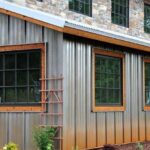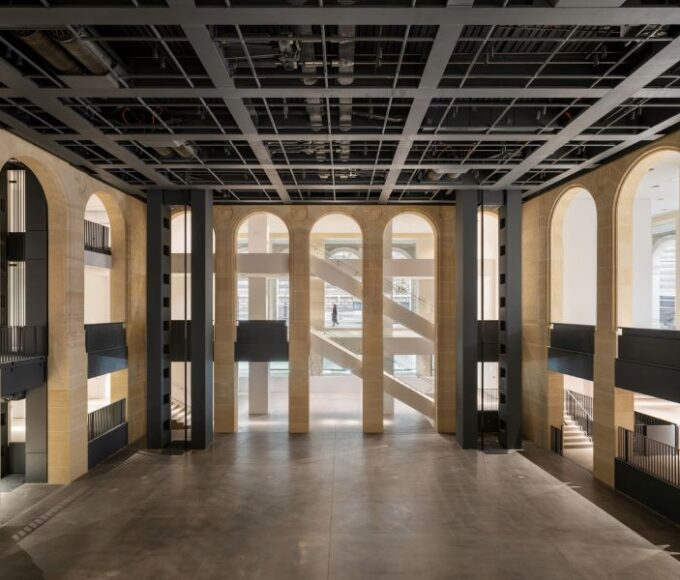The 2″ Snap Seam panel is a versatile and efficient option for standing seam metal roofs. Its installation can be tailored to suit various needs and preferences, making it a popular choice among homeowners and contractors alike. This guide will walk you through the installation process, compare it with other products, and highlight the pros and cons of using 2” Snap Seam panels.
Installation Methods for 2″ Snap Seam Panels
The installation of these panels is unique because there are two different ways you can achieve a complete installation.
Snap-Lock Installation: The panels will be snapped over the clips, with the female leg snapping over the male leg. This method results in a complete installation that has been fully wind uplift tested with a UL580 rating.
Seam Installation: After snap-locking the panels in place, you can then run a seamer up the panel’s seams one time. This method is quicker and easier than traditional double-seamed panels and has been fully tested for wind uplift (UL580 rating), air leakage (ASTM E-1680 rating), and water penetration (ASTM E-1646 rating).
Comparison with Other Products
The new 2″ Snap Seam is a Standing Seam panel with several differences that set it apart from other Standing Seam panels.
Compared to Tru Snap: The 2″ Snap Seam allows for more effective use of butyl sealant. The hot or beaded mastic can be applied into the seams more easily, providing better protection against water intrusion.
Compared to Mechanical Lock Panels: Installation of the 2″ Snap Seam is faster and easier because there is no need to hand crimp at each clip location. The snap-locking installation holds the panels in place without the need for additional crimping or clamping.

Pros & Cons of 2″ Snap Seam’s Installation
Advantages
- Effective use of butyl sealant in the seams, providing superior protection against water intrusion compared to Tru Snap.
- Can be installed over open frames with a maximum span of five feet or over sheeted decking.
- Allows for initial snap-lock installation with the option to seam later if desired.
- Single seaming is required if chosen, unlike most panels that require a double seam.
- Quicker and easier installation compared to traditional double-seamed panels.
Disadvantages
- Snap-lock installation is only tested for high-wind areas, while mechanically seamed installation is tested for air leakage, water penetration, and structural performance.
- Additional framing components may be required for longer panel runs or open framing.
Conclusion
The 2″ Snap Seam panel offers a flexible and efficient solution for standing seam metal roofs, with options for snap-lock or seam installation. By understanding the installation process, comparing it to other products, and considering the pros and cons, you can make an informed decision for your roofing needs. Whether prioritizing ease of installation or enhanced protection, the 2″ Snap Seam panel provides a reliable and durable option for your next roofing project.












